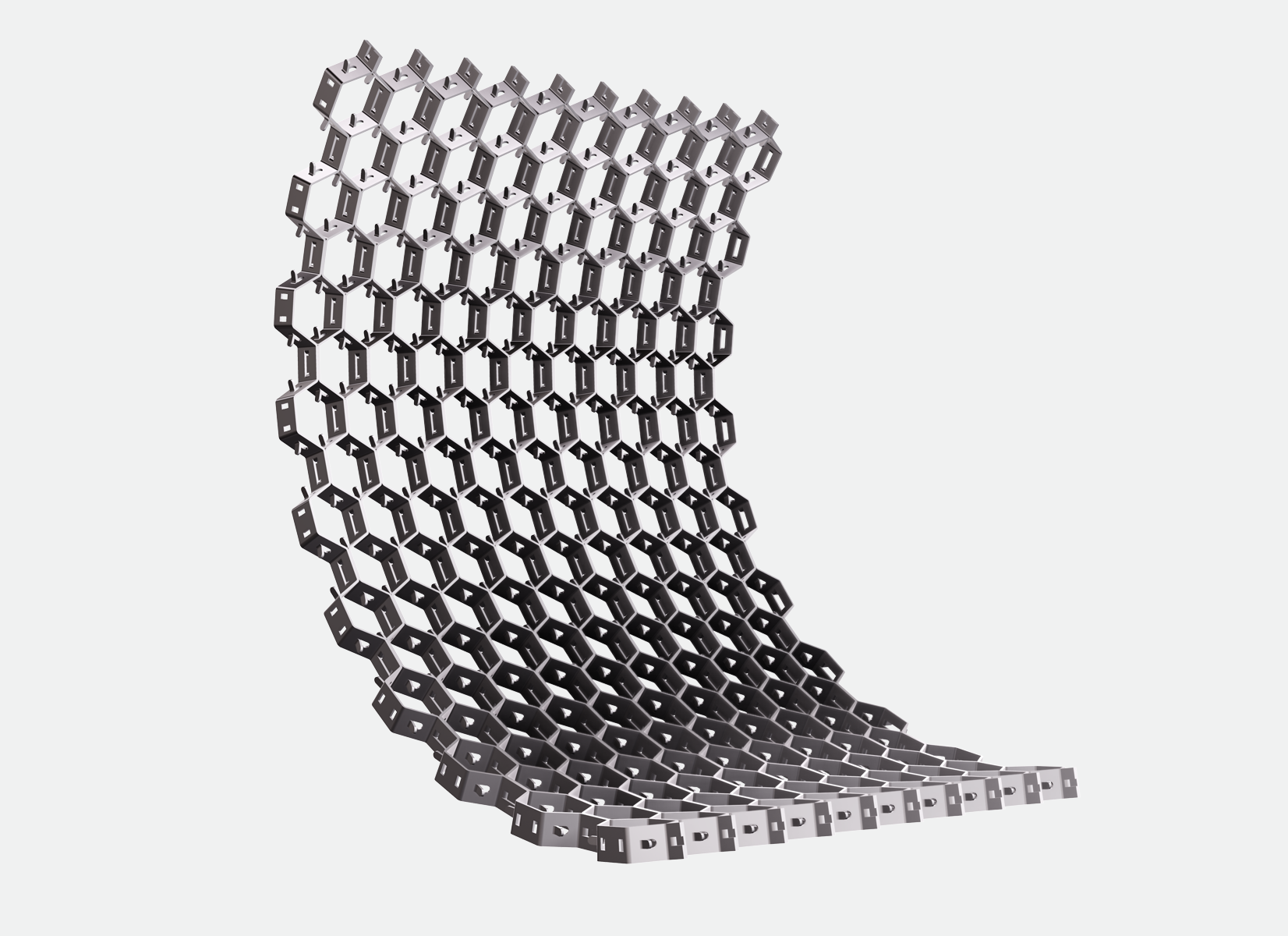Costacurta has long-standing experience in manufacturing hexagonal meshes used as armouring for anti-abrasive and refractory resisting linings on cyclones and reactors for fluid catalytic cracking.
Fluid catalytic cracking aims to convert low value products from other processings into higher value products.
Fcc normally receives its feedstock from a vacuum distillation column (heavy fractions) and produces light ends (sold as lpg or sent to the alkylation units), naphtha and light oils (sent to the hydrotreating unit), medium oils (sent to the hydrocracking unit) and slurry oils (sold as heavy fuel oils).
Do you have a specific request?
Contact us now
Hexagonal mesh for catalytic cracking
The catalytic cracking reaction takes place in a fluid bed reactor followed by a regenerator (also a fluid bed) for the spent catalyst.
A series of cyclones are positioned at the top of the reactor and regenerator; these are used to separate the catalyst powders from the outgoing gas current.
The cyclones have an anti-abrasive lining while the reactor and regenerator walls are lined with refractory material. Both linings are normally reinforced using a hexagonal mesh and anchors.
Distinctive characteristics of the Costacurta hexagonal meshes for catalytic cracking reaction are:
- High automation and flexibility of the production process
- High quality levels, due to both the production process and the quality of the material used




